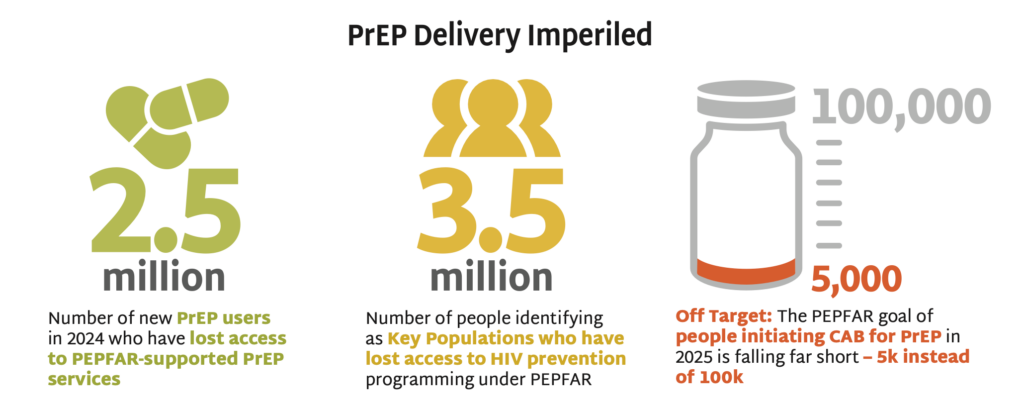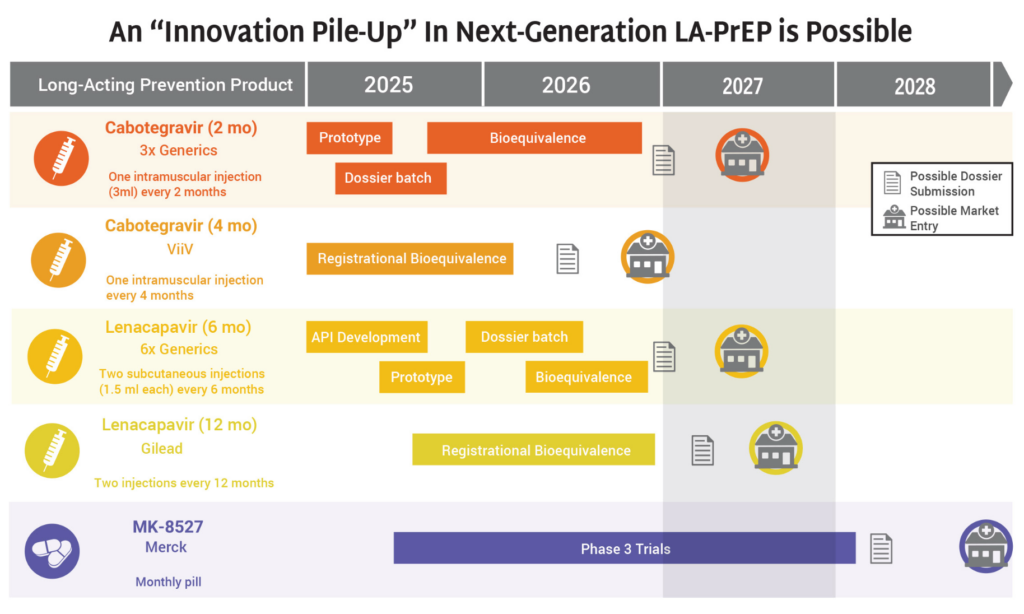Thirteen years after oral PrEP’s introduction, global uptake remains slow, with just over 9 million initiations—falling short of UNAIDS’ 2025 targets. While HIV infections are declining in some regions, others are experiencing increasing epidemics. Despite challenges, lessons from oral PrEP and CAB rollout have strengthened health systems for scaling up longer-acting PrEP.
AVAC undertook a qualitative landscaping analysis to identify actionable lessons and recommendations across seven countries—Brazil, Kenya, Nigeria, South Africa, Vietnam, Zambia, and Zimbabwe—exploring themes of:
- Successes and challenges with daily oral PrEP introduction and scale-up and what can be done differently for new PrEP products.
- Public health system readiness for the introduction and scale-up of new PrEP products.
- Considerations for improving and accelerating PrEP regulatory approval, normative guidance, demand generation, stakeholder engagement, and health systems strengthening.
This analysis, conducted across seven countries before the January 2025 US foreign aid freeze, identifies urgent actions to sustain momentum. US foreign aid cuts are severely impairing PrEP delivery, jeopardizing remarkable progress made in the last 20 years. In the wake of this disruption, it is vital that efforts to mobilize and sustain an effective HIV response learn from the past and reach UNAIDS’ targets for 2030 by incorporating these insights into future planning.
Visit PrEPWatch for the full report and individual country profiles.




